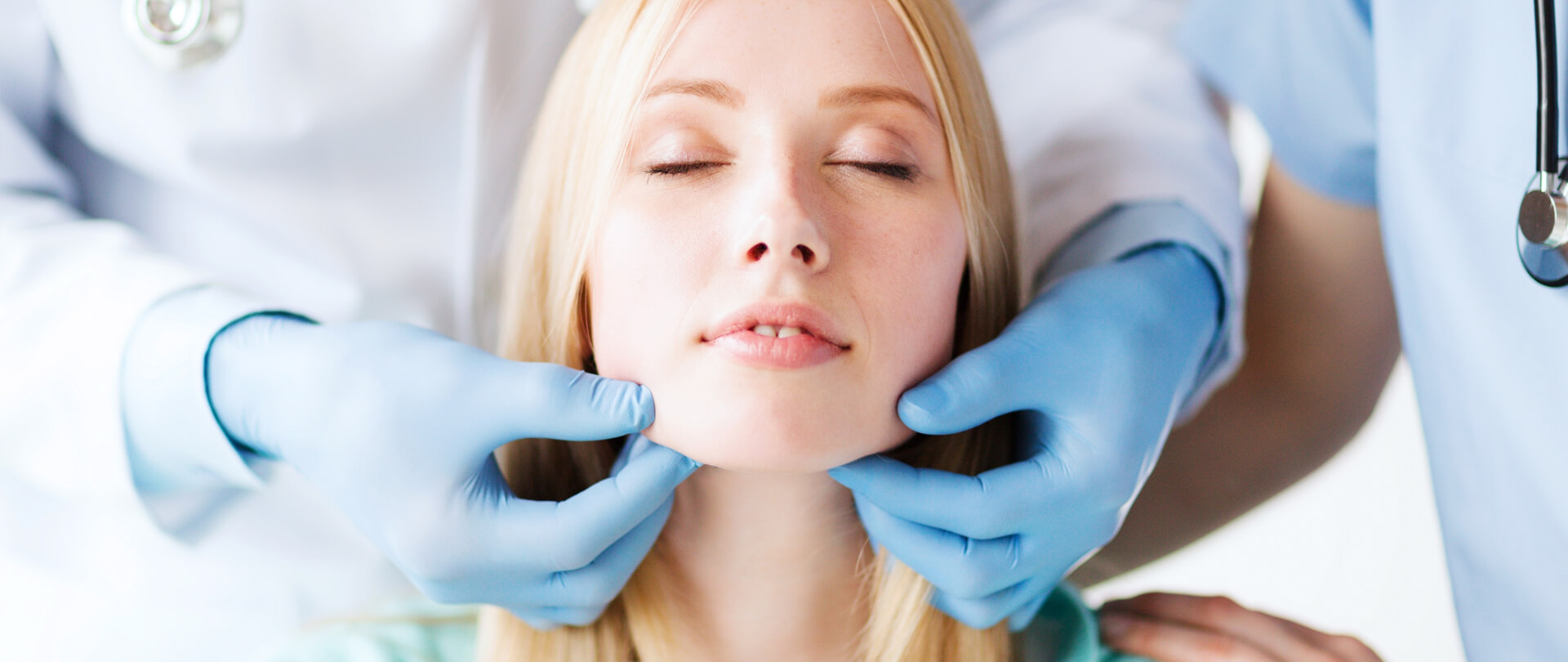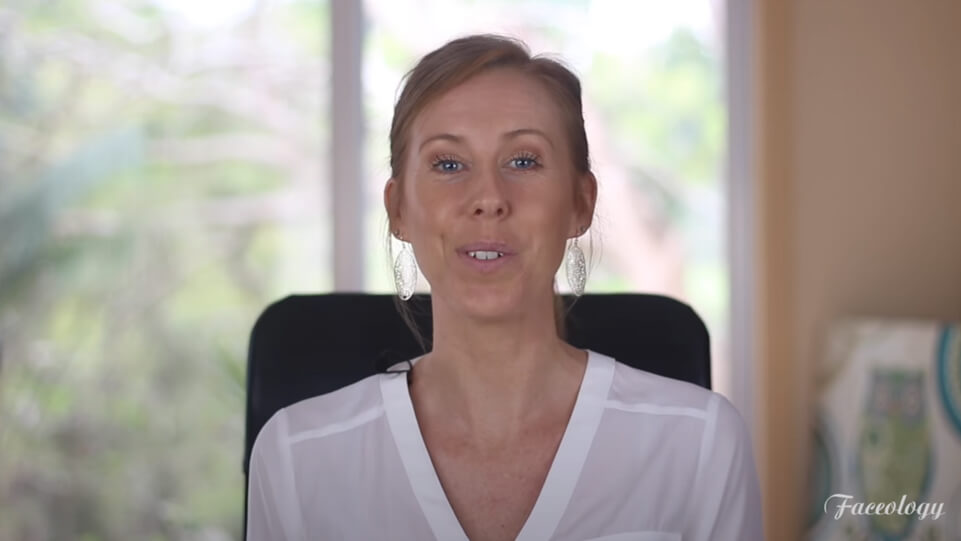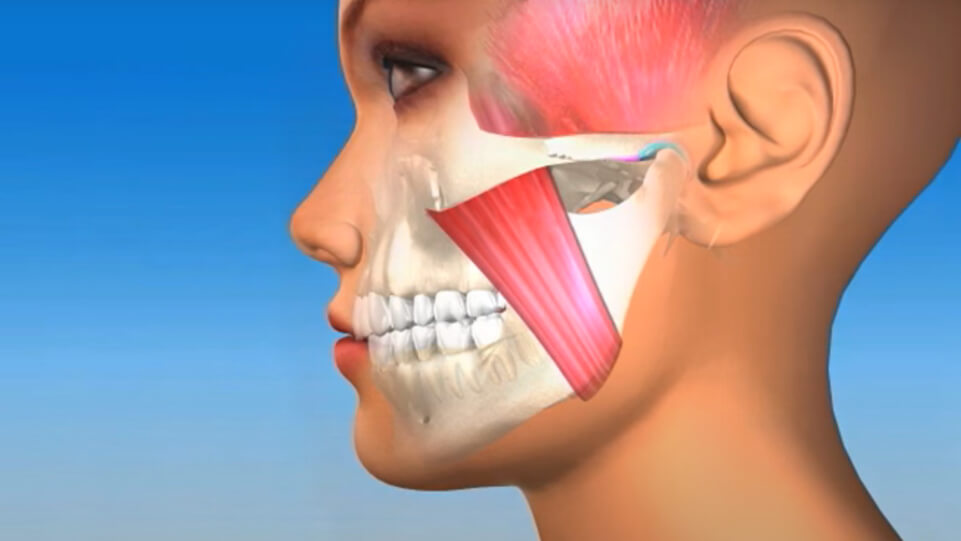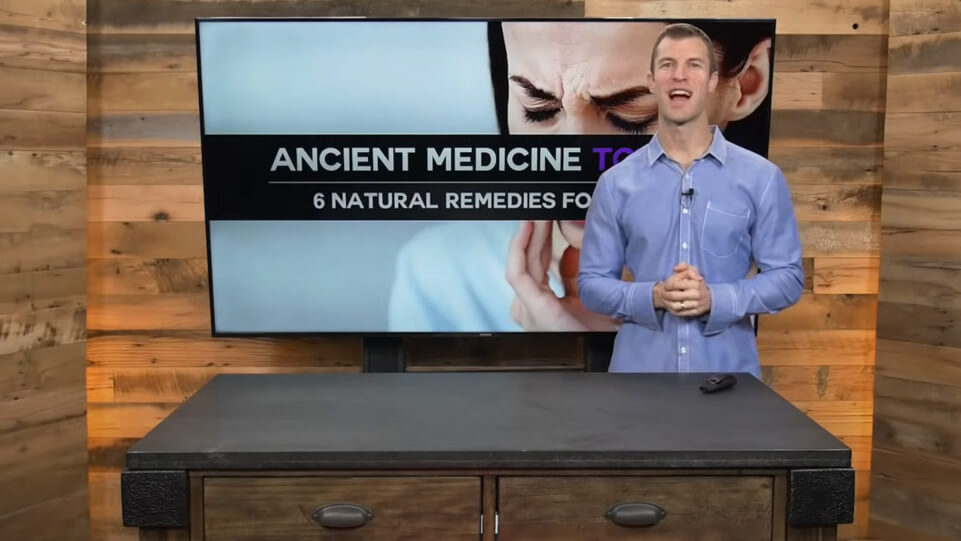Pain Relief for TMJ & TMD “Orofacial, Neck & Shoulder”
WHAT IS TMJ AND OROFACIAL PAIN?
Orofacial/Craniofacial pain is a field of dentistry that deals with the diagnosis and care of non dental pain that presents in the head, face or neck, or inside your mouth. These types of disorders all have unique causes and treatments. People with persistent pain in the form of headaches or migraines, pain in their teeth, mouth, face, neck, shoulder, and all the way down to their feet often turn to their dentist for any suspicious toothaches.
Dental pain is a type of orofacial pain and can often be treated by dental procedures. But orofacial pain can also be caused by non dental pain disorders like TMDs that resemble pain in your teeth, mouth or face. Not all dentists and oral surgeons have advanced training in orofacial pain disorders. But Orofacial/Craniofacial Pain Specialists with advanced training can help you get to the root of the problem.
CAUSES OF OROFACIAL/CRANIOFACIAL PAIN
Pain in your teeth, face and head may actually originate from other surprising causes like rhinosinusistis, mouth breathing, sleep disorders, OSA, tongue ties, clenching, and TMJ disorders. It also affects the muscles used to chew, swallow and talk, as well as other associated structures.
Patients suffering from TMJ usually have fatigued & spasming facial muscles resulting from trauma, stress, clenching or the inability to find a proper bite, incorrect swallowing and breathing dysfunction. To enable you to chew and close your mouth properly, your jaw muscles may be working overtime to try and keep your head posture in balance. When these muscles become fatigued it can send pain down your neck and into your shoulders and back. The pain can even radiate down your arms in severe cases.
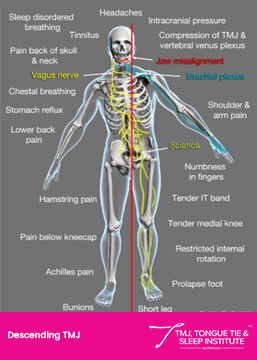
TYPES OF PAIN
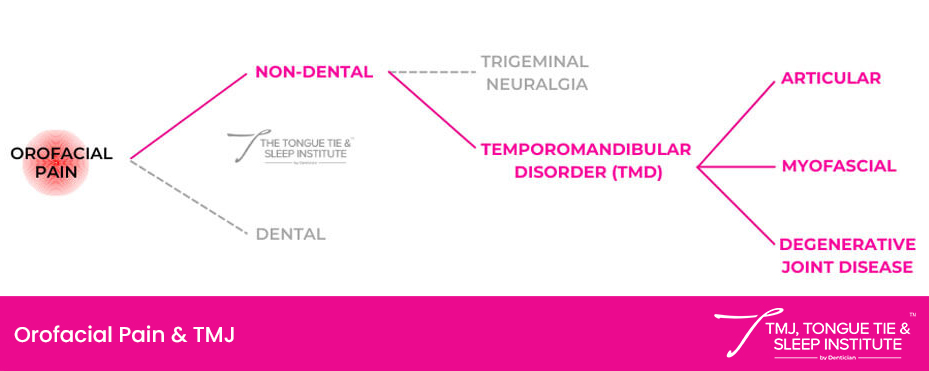
Orofacial pain refers to the non-dental pain that presents in the head, face or neck, or inside your mouth. The face is made up of a combination of fascia, muscles, nerves, bones and cartilage. Dysfunction in these structures presents itself in the form of headaches or migraines and pain, burning or tingling sensations in their teeth, mouth, face, neck and shoulder.
This means a dislocated jaw or displaced disk, (cushion of cartilage between the head of the jaw bone and the skull), or injury to the condyle (the rounded end of the jaw bone that articulates with the temporal skull bone). Disc displacement can be of 2 types, with reduction and without reduction.
This includes osteoarthritis or rheumatoid arthritis in the jaw joint.
Another facial pain disorder is trigeminal neuralgia (TN). This is where brief, sharp, shooting, electrical and severe pain can be triggered by actions that don’t normally hurt. For example, lightly touching your face, brushing your teeth, talking, chewing or shaving can all trigger pain in trigeminal neuralgia (TN). Many times, untrained professionals may misdiagnose this pain for a TMD.
THE MIGRAINE CONNECTION
Migraine can sometimes resemble pain in the facial area. TMD and headache disorders commonly occur together, with migraine being the most common headache disorder for TMD patients. TMD symptoms can amplify migraine and may increase the likelihood of them becoming chronic. Almost every TMD patient I see suffers from headaches and/or migraines. It’s interesting how many people do not mention this as a concern unless they are asked, because it has become their norm. Daily headaches are NOT normal.
HELP US HELP YOU!
Pain is a personal experience, so it can be very tricky to explain it. It is helpful for an orofacial pain doctor to know where the pain is located, if it’s always there or comes and goes, how long it lasts, and any associated symptoms. It also helps the doctor if you describe what your pain feels like.
| Neurological Pain | Orofacial Pain | Articular Pain |
|---|---|---|
| Very Strong Pain | Stiffness | Acute |
| Paresthesia | Dull Ache | Localised |
| Numbness | Intense Pain | Pain Reduced with Rest |
| Tingling | Referred Pain | Sharp, Knife Like |
| Burning | Deep & Aching At Rest | Pain On Movement |
| Mild to Severe Pain | ||
| Inconsistent Variable Pain | ||
| Tenderness of Skin in Region of Referred Pain | ||
| No Prickling, Numbing or Burning | ||
| Rarely Throbbing |
Paresthesia
Numbness
Tingling
Burning
Stiffness
Dull Ache
Intense Pain
Referred Pain
Deep & Aching At Rest
Mild to Severe Pain
Inconsistent Variable Pain
Tenderness of Skin in Region of Referred Pain
No Prickling, Numbing or Burning
Rarely Throbbing
Acute
Localised
Pain Reduced with Rest
Sharp, Knife Like
Pain On Movement
PAIN MANAGEMENT
If we know WHY, we know HOW? At The TMJ, Tongue Tie & Sleep Institute by Dentician, we focus on decreasing the instances of pain and the patient’s functional limitations using comprehensive and minimally-invasive approaches to sustainably improve quality of life. If you are living with orofacial pain, remember that you are not the only one. This is something that affects several people, and an experienced orofacial pain dentist can help you find the right diagnosis and care.
Myofascial release (MFR, self-myofascial release) is a therapy used to treat skeletal muscle immobility and pain by relaxing contracted muscles, improving blood, oxygen, and lymphatic circulation, and stimulating the stretch reflex in muscles. The therapy integrates the release of trigger points (sensitive areas of tight muscle fibers in your muscles) in the muscles and fascia.
The most popular Myofascial release technique is the Functional Neuro Myofascial Massage Technique (FNFT). FNFT performs Myofascial releases both intraorally and extraorally to provide a FAST pain relief and recovery technique for muscles fatigued from TMD.
LLLT is a non-invasive light source treatment that generates a single wavelength of light. It emits no heat, sound, or vibration. It is also called as biostimulation. LLLT is believed to accelerate the repair of connective tissue and act as an anti-inflammatory agent that is provided as an adjunct to FNFT.
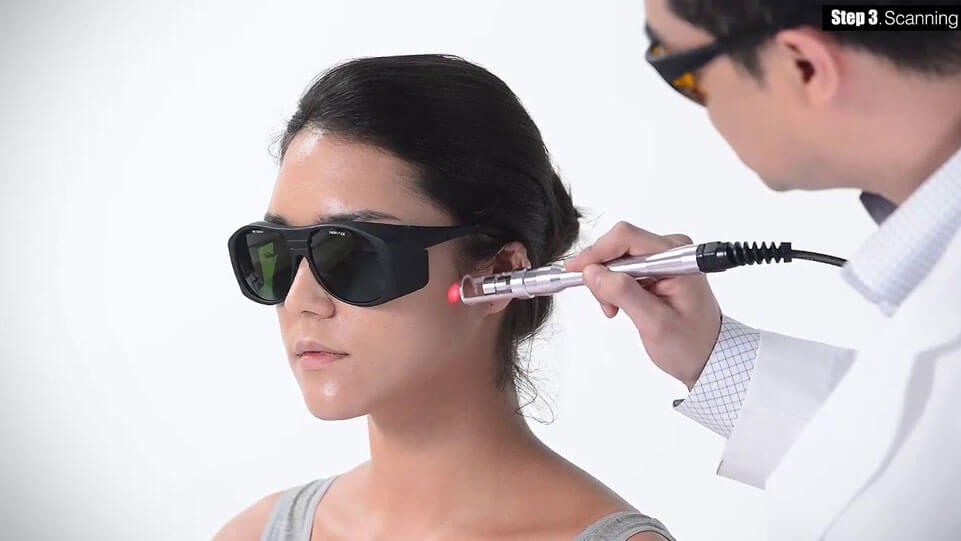
Magnesium may improve your sleep. It plays an important role in your nervous system, helping to activate mechanisms that quiet and calm you. It may also help relieve anxiety and depression, which can interfere with sleep.
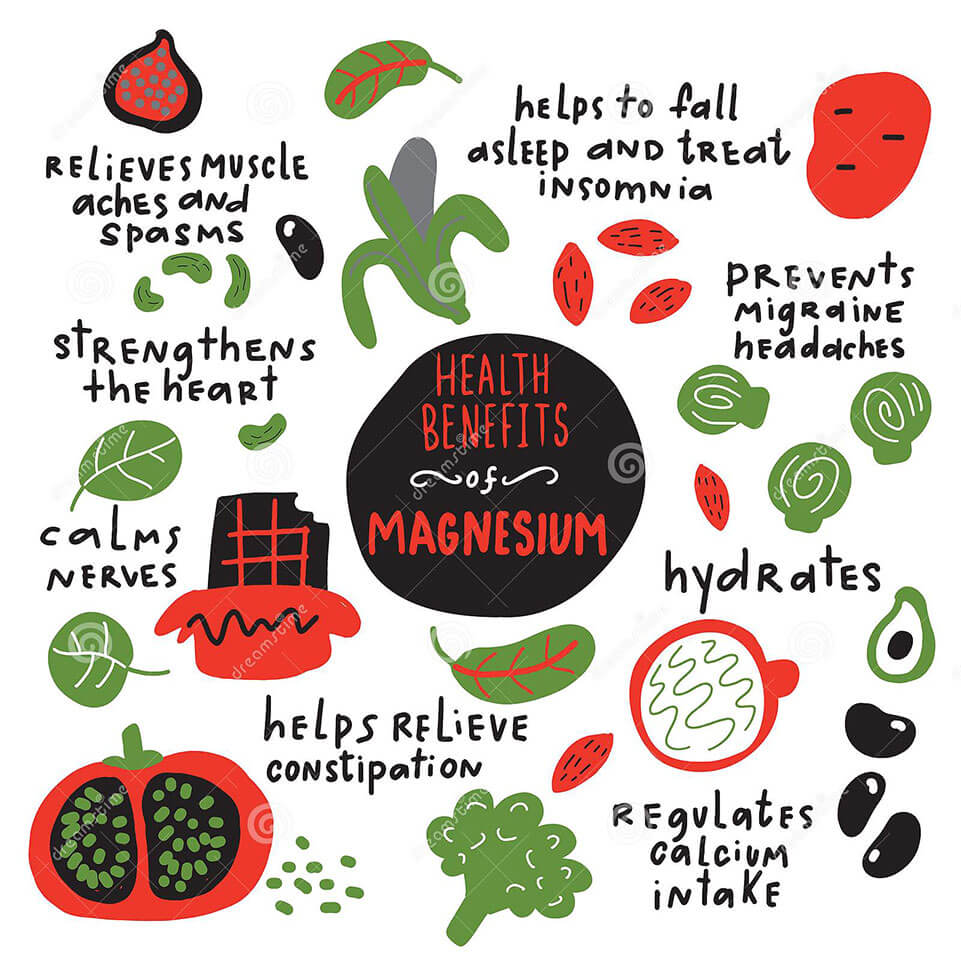
Orofacial myofunctional therapy focuses strictly on treating the root cause, tries to fix it first and break that negative cycle. A study from Brazil shows OMT has a significant reduction of pain sensitivity to palpations for all muscles and increased the mandibular mobility, range of motion and reduced frequency and severity of signs and symptoms of TMD.
An orthotic device is a customised splint that can ease your jaw into a more comfortable and less straining TMJ position.
We recommend the application of warm packs a couple of times a day to help relax some of the musculature in that area.

Crunchy & Chewy foods will put unnecessary stress on the TMJ. Soft Diets are the most ideal for those suffering from TMD’s since they reduce the amount of force on the muscles used for chewing. This reduces the strain on the joint and spasming of the muscles. Certain foods and diets like dairy free diets are also shown to reduce inflammation. This can further help fight chronic pain and relieve head & sinus congestion.
Our Non-Invasive Solutions for TMJ Disorder & Jaw Pain:
Blogs










